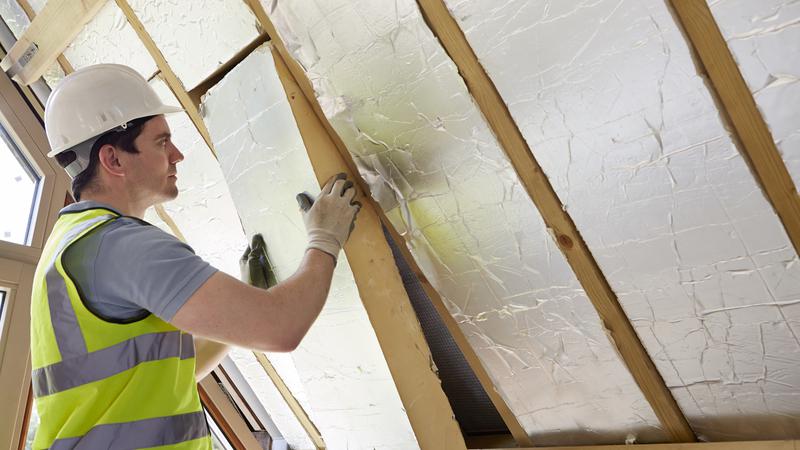
Province steps back from planned changes to building code tiers
Citing the need to not add to the red tape surrounding construction of new homes in Saskatchewan, the province said recently that builders will not be required to construct new homes at a higher energy efficiency.
A planned advance to Level 2 of the National Building Code will be rolled back as soon as the legislature resumes but construction companies can already plan their upcoming season around Level 1 codes.
Dan Yungwirth, who is part of the Prince Albert Construction Association and treasurer for the provincial counterpart, said that a key goal is to make homes more affordable.
“I think from a builder’s perspective, and, you know, the industry as a whole we support that,” he said.


